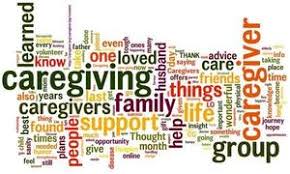Nuance Audio is a new option for people who resist traditional aids, from the company that makes Ray-Bans and operates LensCrafters.
Seekers of Meaning Podcast Posted Online March 7, 2025
What's Next Longevity Deal Talk Episode 32, January, 2025
Presentation: What's Next Longevity Venture Summit, June, 2025

 The halfway point -- research about Future of Care Work. Each interviewee was asked for thoughts in the context of the categories suggested by ChatGPT and any other categories that will improve the work processes for those in the care-related industries – home care, home healthcare, senior living care (including nursing homes), and hospital discharge processes to any of those. Few conversations focused on ChatGPT – instead it became apparent that innovation, including AI, is underway to optimize care work, focus on the workforce, and help keep care recipients at home:
The halfway point -- research about Future of Care Work. Each interviewee was asked for thoughts in the context of the categories suggested by ChatGPT and any other categories that will improve the work processes for those in the care-related industries – home care, home healthcare, senior living care (including nursing homes), and hospital discharge processes to any of those. Few conversations focused on ChatGPT – instead it became apparent that innovation, including AI, is underway to optimize care work, focus on the workforce, and help keep care recipients at home: The care continuum that serves older adults is an ignored reality. The stove-piping of care-related services is a myth. It is perpetuated in
The care continuum that serves older adults is an ignored reality. The stove-piping of care-related services is a myth. It is perpetuated in  Caregiving and other demands of an aging population are gaining attention. In a University of Michigan national poll in November, 2022,
Caregiving and other demands of an aging population are gaining attention. In a University of Michigan national poll in November, 2022,